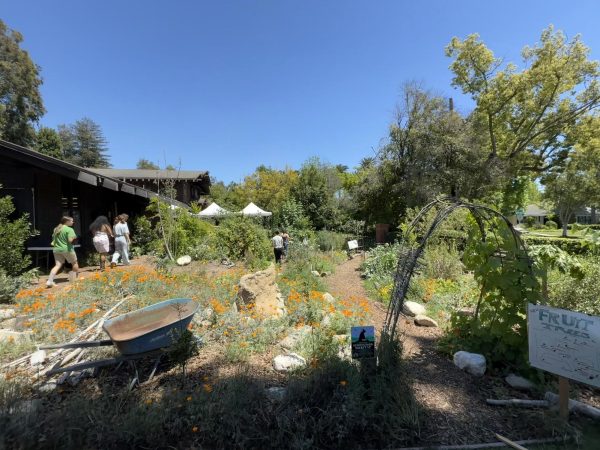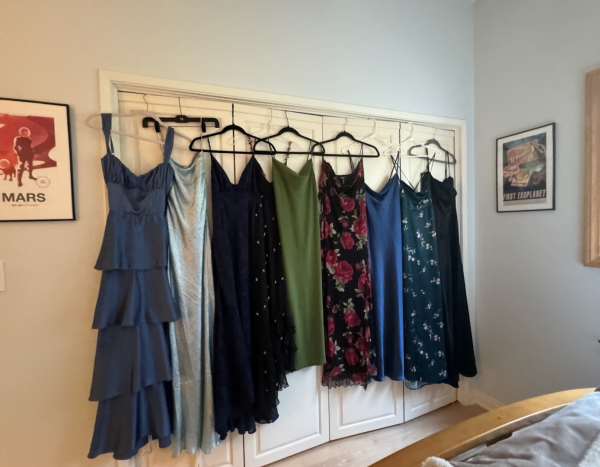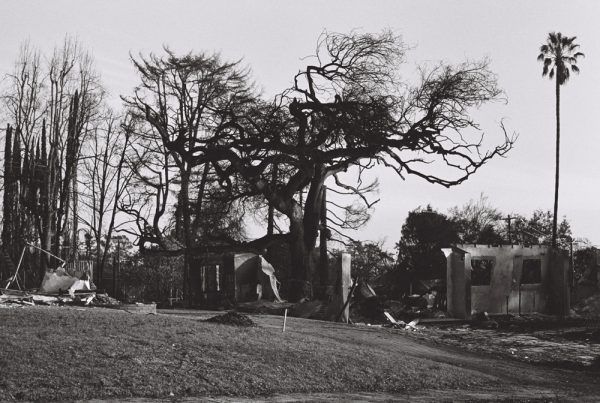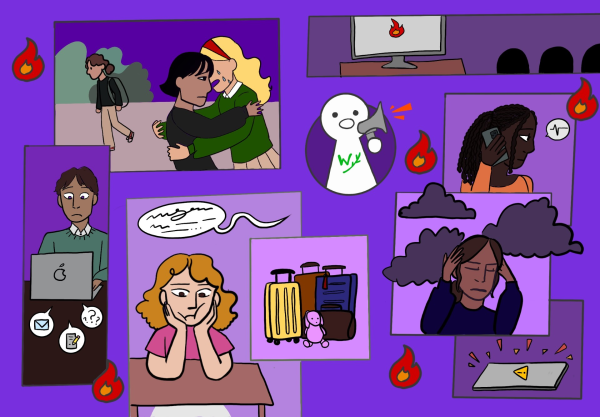Westridge’s DEI Efforts Part 2: How Involved are Students in the DEI Process?
Student Communication and Engagement
A large part of the DEI effort involves student input — receiving student feedback, checking in with students’ sense of belonging, and having ongoing conversations with students about changes they would like to see. Currently, many Upper School student leaders are involved in DEI work and participate on different DEI committees such as the Hiring Committee for the Director of Equity or the Oversight Committee, which keeps Westridge accountable for DEI efforts. Several students are also a part of Student Voices, a student leadership group that organizes assemblies, lunch talks, and meetings around diversity, equity, inclusion and social justice. The Student Action Council, another student-led group, connects students with administrators for conversations that occasionally involve DEI work.
To involve the general student body in DEI topics, Westridge will hold assemblies and meetings that, for example, cover strategies for dealing with microaggressions or discuss anti-Asian hate. But when it comes to giving updates on what the school is doing for DEI, some students feel that Westridge is not involving them enough.
“I appreciate the updates that we get like ‘Oh, we have this thing that we’re doing.’ But I wish that the school would keep us even more updated. Even more: This is what we’re going to do,” said Saffron G. ’22, a member of Student Voices.
DEI email updates do get sent out in the Westridge Weekly or from Head of School Elizabeth McGregor when new DEI-related faculty hires are made or when a new DEI program is launched — like the new BIPOC support group — but they do not always reach many students. With school work and extracurriculars, several students don’t find the time to read their emails. “We have a lot of other stuff on our plates. We’re really busy. Sometimes email isn’t at the top of our lists of priorities,” explained Sosi D. ’21, ASB President and leader of the Student Action Council. “For me, having more opportunities to interact with administrators in a casual meeting setting where we can just talk about the progress that’s happening has been the most effective.”
Westridge has recently tried to further involve students in DEI by holding open Student Action Council meetings where students are invited to talk about DEI issues. Sometimes these forms of communication are more effective than emails or newsletters.
“For people who don’t check the Westridge website’s DEI page regularly, who don’t have social media or who aren’t engaged in those other forms of communication, meetings are the most effective way to distribute information,” continued Sosi.
Many of the DEI updates are also located on Westridge’s website, including a November 2020 DEI and Anti-Racism update. However, the resources there do not always reach a wide audience. “We have the information there. It’s always harder to go and find it rather than just receive it,” explained Elizabeth McGregor, Head of School. “The more we can do as adults in the community to convey through any opportunity for dialogue, the better off it will be.”
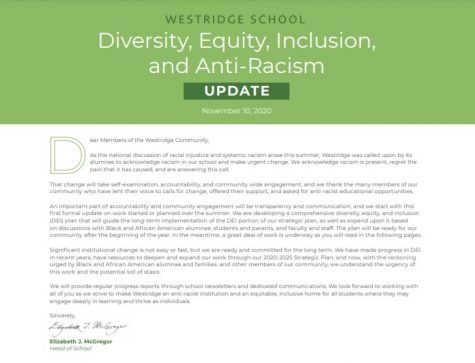
Sometimes the DEI work happens behind the scenes where it’s not as visible to students. Tamara Shahar Jaffe ’08, Dean of Lower and Middle School Student Voices, explained that from her perspective she can see that many meetings and plans go into Westridge’s DEI work; however, it may feel different for those who are not directly involved in the work. “I’ve definitely understood that from an outside perspective it’s like, ‘What is being done? You’ve been talking about this for a really long time.’”
Sosi explained that the problem in communication stems from a divide between what administrators know they are doing and what students believe is being done. “That isn’t to say there isn’t more work to do, but I think it’s also important to let students know when progress is being made.”
Another sticking point in communication is that many of the DEI efforts take time, meaning change will not be immediately visible.
For example, it took months for Westridge to update their anti-bullying and anti-harassment policies, located in the Student Parent Handbook. Sarah Jallo, Senior Director for Enrollment Management & Student Outcomes, explained that the process involved crafting the policy language and running it through various groups of people. “What students are seeing in that time is that we say we want to do something, and then two months later something’s mentioned about it,” she said. “But all along that’s never been dropped. It’s being talked about at every meeting all along to get it to the place it needs to be — to be a formal policy at Westridge. It’s how the sausage is made that not everybody understands.”
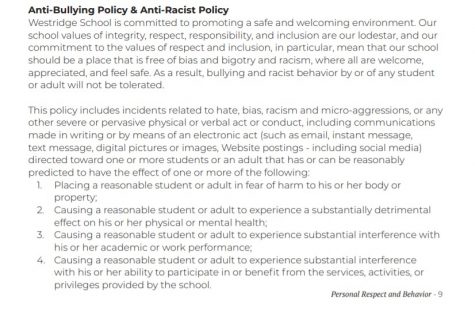
A commonly referred to timeframe for DEI work and making institutional change ranges from three to five years, and the Strategic Plan, in which the DEI plan is outlined, is meant to last five years.
“Sometimes I felt like being one of the ones criticizing that things weren’t moving fast enough, but then I would have to take a step back and realize that these are big organizational things that are changing,” said Jessica Perez del Toro, Upper School Spanish teacher, Partnership for Success! Site Director, and member of the DEI Oversight Committee.
Sophie C. ’22, Chinese affinity Co-Head, explained, “I think people need to keep in mind that things take time, but that doesn’t mean you can’t ask for it to happen faster and you can’t ask what’s happening in terms of ‘I gave you this feedback, what’s happening with it now?’”
The other part of the issue is student engagement. During assemblies, meetings and discussions that involve DEI, it is a choice for students if they want to pay attention and listen. Being completely digital and online also increases the difficulty of engaging students.
Ordinarily, assemblies would be held in PAC. Most students, sitting all together, would listen to the person speaking at the podium’s microphone. But, “If you’re at home on your computer, it’s really easy to go make yourself a snack. Nobody’s watching you,” explained Ms. Jallo.
Kaavya V. ’23, member of Student Voices and incoming leader of the Student Action Council, explained that student groups, like affinities and Student Voices, often help with engagement. She added, “A decent amount of the student body is engaged, but we have a long way to go.”
Sosi D. explained that although students may not be engaged in Westridge’s DEI work, they may still be engaged in personal work. “I think a lot of students do DEI work on a personal level. There’s a lot of introspection, and I think that’s really important and part of it. In terms of the institutional change, that part of student engagement is slower.”
To further increase student engagement, Sosi suggested that feedback forms might be useful for students who don’t feel comfortable speaking out in meetings.
She added, “I think for student engagement in general I would love to see in the future more students attending Student Action Council open meetings, and I hope that there is more eagerness in the student body to participate. I really believe students need to be a part of the solutions, especially at Westridge because students have amazing ideas, and we actually have the power to create change.”
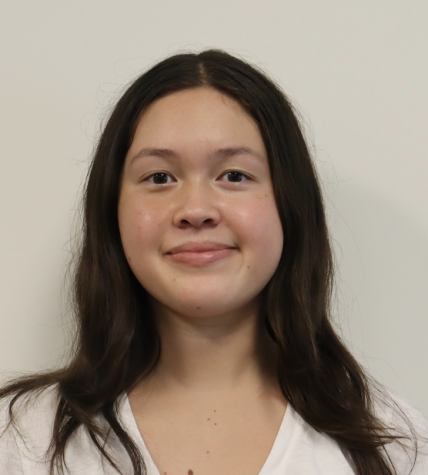
Katie is a senior, and this is her fifth year on Spyglass and third year as an Editor. In her free time, she loves playing guitar, writing, and doing calligraphy.

















![Dr. Zanita Kelly, Director of Lower and Middle School, pictured above, and the rest of Westridge Administration were instrumental to providing Westridge faculty and staff the support they needed after the Eaton fire. "[Teachers] are part of the community," said Dr. Kelly. "Just like our families and students."](https://westridgespyglass.org/wp-content/uploads/2025/03/dr.-kellyyy-1-e1748143600809.png)















































